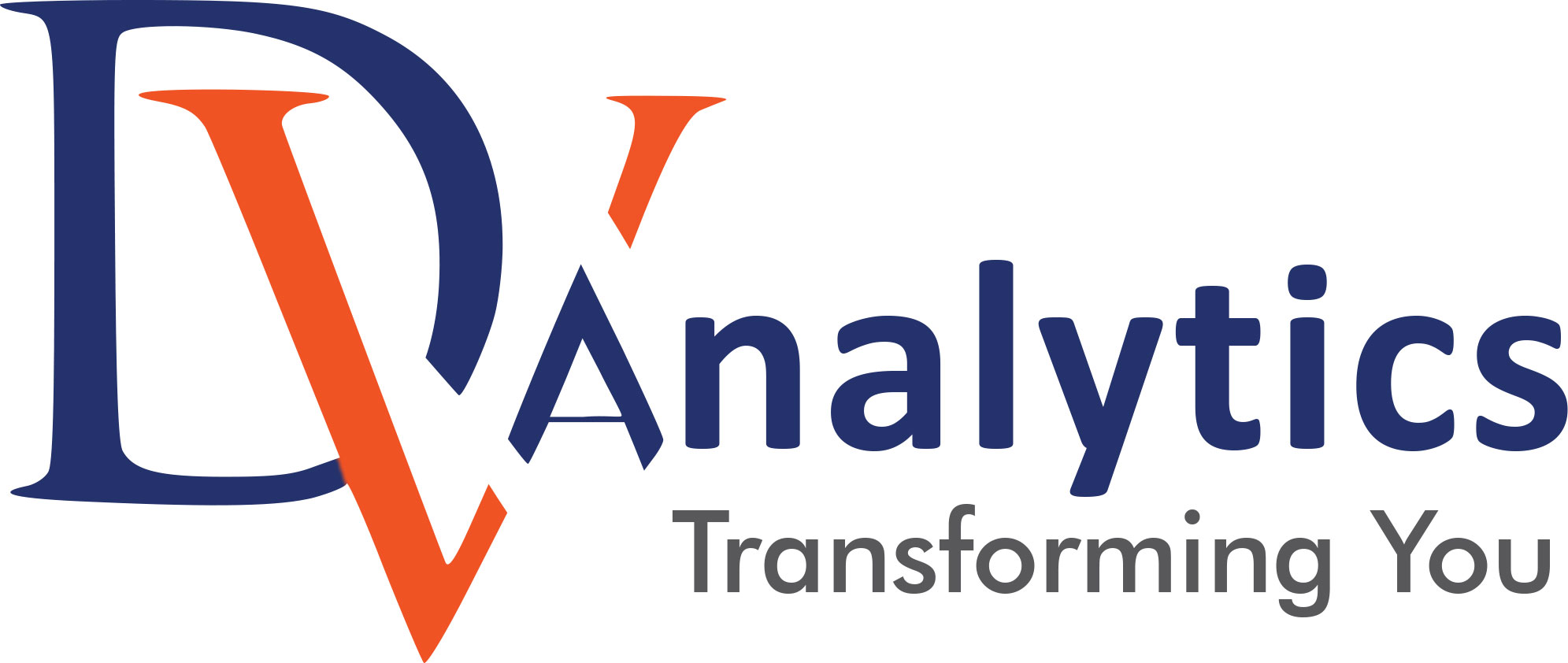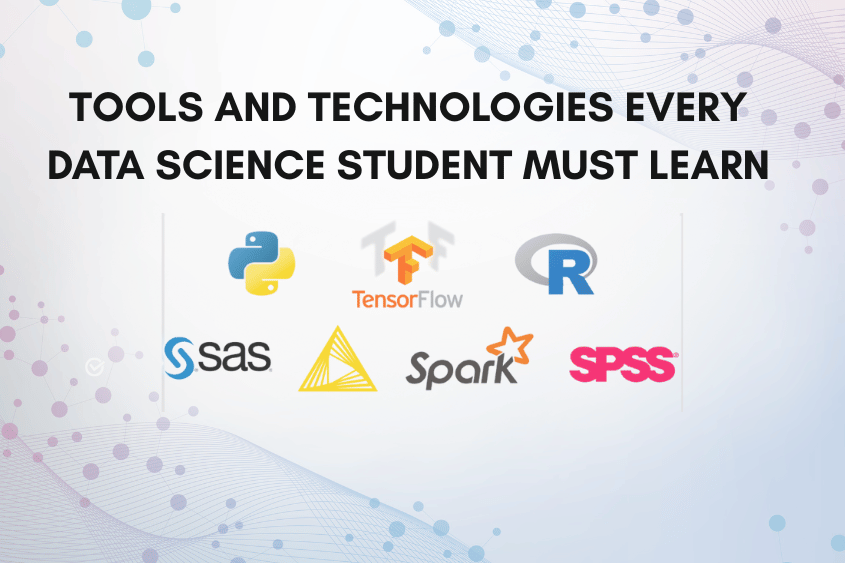If you’re a graduate student in India considering a career in data science, you’re definitely heading in the right direction. Whether your background is technical (B.E, B.Tech, M.Tech) or non-technical (B.A, B.Com, M.A, BBA, MCA), data science is a field that’s open to everyone, regardless of academic history. The key to starting this journey is gaining a good grip on the right tools and technologies that enable you to analyze, visualize, and make sense of data.
Let’s explore the essential tools and technologies you should familiarize yourself with as a data science student in 2025. These are widely used by companies like Amazon, TCS, Infosys, and Flipkart. Mastering them will enhance your resume, build experience through real-world projects, and boost your chances of landing your first role in data science or analytics.
Why Learning the Right Tools Matters
Think of it like this: if someone wants to become a chef, they need to know how to use a knife, pan, and stove. Similarly, if you want to become a data scientist, you need to know how to work with data using specific software, programming languages, and platforms.
These tools make your work efficient and impactful. Interviews often test your hands-on knowledge, so practical experience is just as important as theory.
1. Excel – The Gateway Tool
Most people have used Microsoft Excel at some point. It’s considered a starting point in data science and is excellent for data cleaning, basic analysis, and visualization.
Why Learn It:
- Easy to understand and widely used
- Great for data cleaning and formatting
- Pivot tables, charts, and functions simplify initial analysis
Tip: Practice VLOOKUP, IF statements, and pivot charts. These are often asked in interviews.
2. SQL – The Language of Databases
Structured Query Language (SQL) is essential for interacting with databases. In most data science roles, you’ll use SQL to extract and manage data.
Why Learn It:
- Core tool for managing and querying databases
- Used to filter, join, and organize datasets
- Crucial for Data Analyst and Business Analyst roles
Tip: Focus on SELECT, JOIN, GROUP BY, and WHERE commands.
3. Python – The King of Programming Languages
Python is at the heart of data science due to its simplicity and power. It’s great for data analysis, machine learning, and visualization.
Why Learn It:
- Beginner-friendly syntax
- Widely used in industry projects
- Huge community support and libraries
Must-Know Libraries:
- Pandas: Data manipulation
- NumPy: Numerical operations
- Matplotlib & Seaborn: Visualization
- Scikit-learn: Machine learning
Tip: Practice with small projects like analyzing movie data or sales reports.
4. Power BI – For Building Dashboards
Power BI is a Microsoft tool for creating interactive dashboards and reports. It’s a must-learn for aspiring Data Analysts or BI professionals.
Why Learn It:
- Easy to use for both technical and non-technical users
- Enables powerful data storytelling
- Combines drag-and-drop with advanced scripting
Tip: Try creating a simple sales dashboard using sample datasets.
5. Tableau – A Powerful Visualization Tool
Tableau is another popular visualization tool, often used in finance and consulting industries.
Why Learn It:
- Excellent for interactive data storytelling
- Enables quick dashboard creation
- Trusted by MNCs and consulting firms
Tip: Learn to connect Tableau to Excel and SQL for real-time reporting.
6. Machine Learning Tools – For Predictive Modelling
After mastering Python, move on to machine learning. It helps in building models that predict outcomes based on data.
Key Concepts to Learn:
- Supervised vs. Unsupervised Learning
- Algorithms: Linear Regression, Decision Trees, K-Means
- Evaluation: Accuracy, Confusion Matrix
Popular Platforms:
- Scikit-learn
- Google Colab
Tip: Try projects like predicting student scores or house prices.
7. Gen AI Tools – The Future of Data Science
Generative AI is changing the data landscape. Tools like ChatGPT and Copilot assist with coding, analysis, and reporting.
Why Learn It:
- Speeds up coding and automation
- Helps with idea generation and debugging
- Boosts productivity across roles
Tip: Use ChatGPT for reviewing your code or summarizing findings.
8. Jupyter Notebook & Google Colab – Coding Workspaces
These platforms let you write and test Python code in a browser-based environment.
Why Learn It:
- Free and beginner-friendly
- Great for projects and collaboration
- Supports code, visualizations, and notes in one place
Tip: Use Google Colab to run Python code without any setup.
9. Git & GitHub – Version Control Tools
If you’re applying for jobs or working on team projects, Git and GitHub are essential.
Why Learn It:
- Enables version control and collaboration
- Required by many companies
- Makes your resume and portfolio stronger
Tip: Upload your projects to GitHub to build a public portfolio.
How to Start Learning These Tools
- Begin with Excel and SQL
- Move on to Python and Power BI/Tableau
- Practice small real-world projects
- Learn machine learning with Scikit-learn
- Use Gen AI tools for support and efficiency
- Maintain your work on GitHub
At DV Analytics, we follow this step-by-step approach. Our 6-month Data Science course is designed for both technical and non-technical graduates. The program includes hands-on training, real projects, placement support, and mentorship.
 SINCE 2010
SINCE 2010 